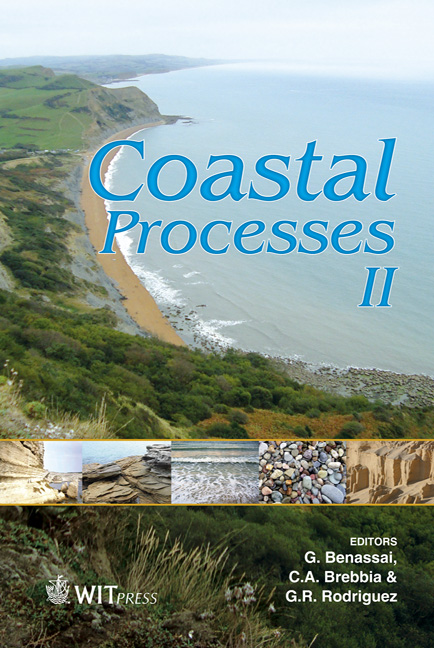Environmental Impact Assessment Based On A Potential Oil Spill Scenario: Eastern Black Sea Coastal Zone, Turkey
Price
Free (open access)
Transaction
Volume
149
Pages
11
Page Range
273 - 283
Published
2011
Size
2,096 kb
Paper DOI
10.2495/CP110231
Copyright
WIT Press
Author(s)
Ö. Acır, R. Aps, M. Fetissov & M. Sert
Abstract
The coastal fishery made in the Eastern Black Sea coastal area satisfies the country’s major demand for fish and seafood. The area has also attracted attention with the increasing international oil and gas exploration activities carried on recently. Large capacity tankers pass through this sea area to carry crude oil and petrochemical products while existing and planned hydrocarbon transportation pipelines increase the cargo traffic as well. Therefore the new environmental risks are threatening this region’s ecosystem due to the potential events such as tanker accidents, well explosions or pipeline leaks. In this study, the off-shore oil spill scenario is modeled for the Eastern Black Sea area. Potential Incident Simulation Control and Evaluation System (PISCES 2) is used to simulate the spreading of the spilled oil. The following factors are taken into consideration in the mathematical model: 1) environmental parameters: coastline, field of currents, weather, wave height and water density, 2) physical properties of spilled oil: specific gravity, surface tension, viscosity, distillation curve and emulsification characteristics, 3) properties of spill sources. Results of the oil spill scenario modeling shows extremely negative environmental impact of the potential oil spill accident on the coastal zone of the Eastern Black Sea. Keywords: environmental impact assessment, net environmental benefit analysis, Bayesian inference, oil spill simulation, Eastern Black Sea.
Keywords
environmental impact assessment, net environmental benefit analysis, Bayesian inference, oil spill simulation, Eastern Black Sea





